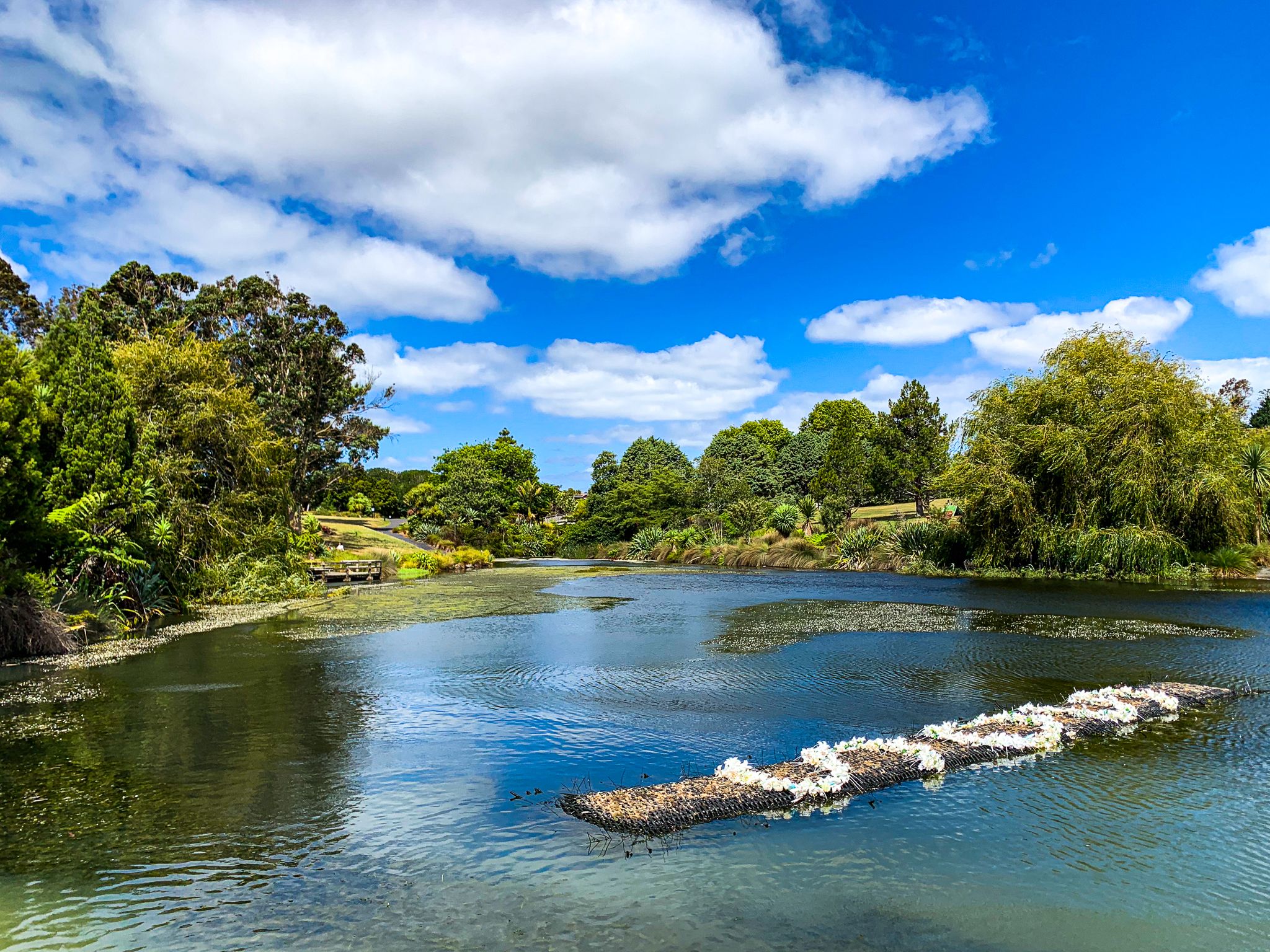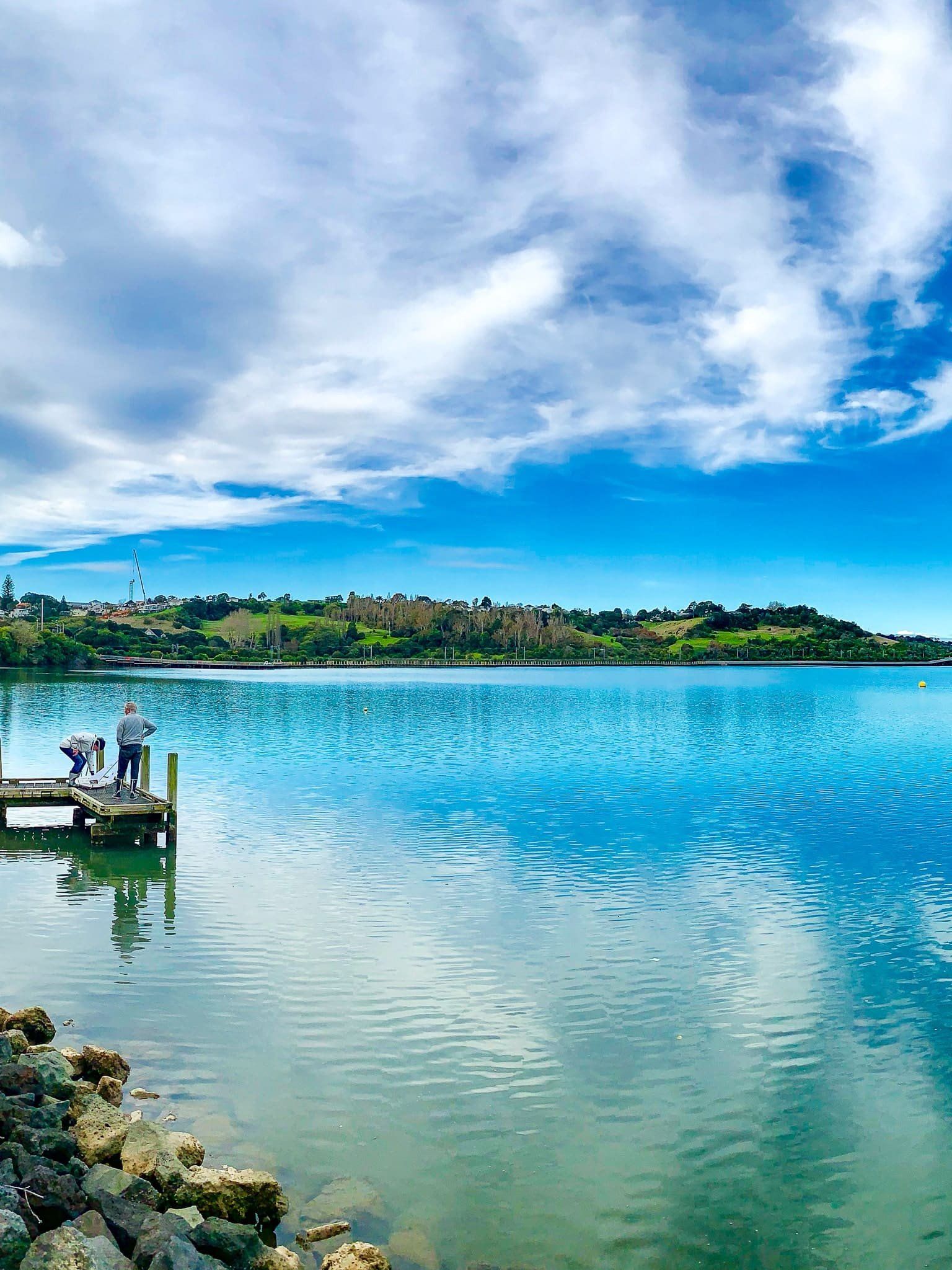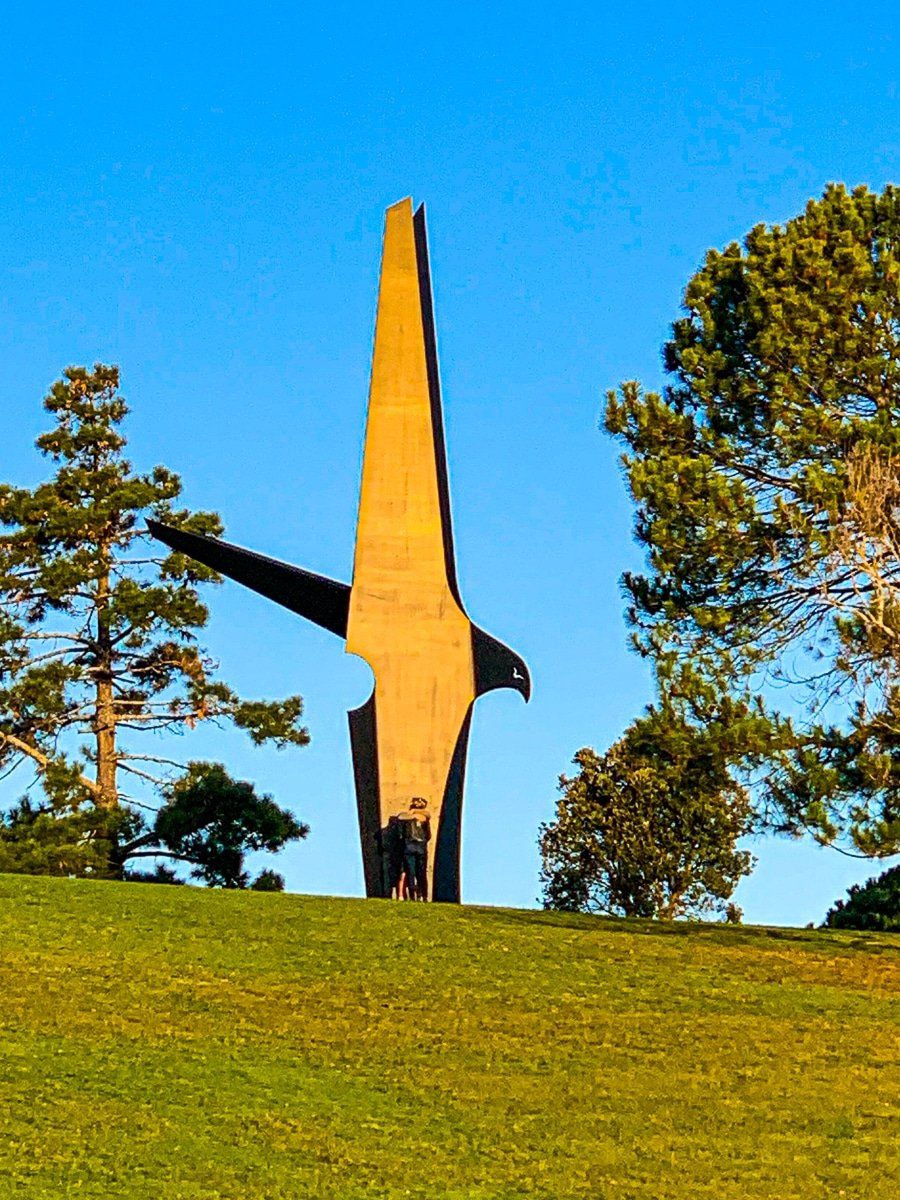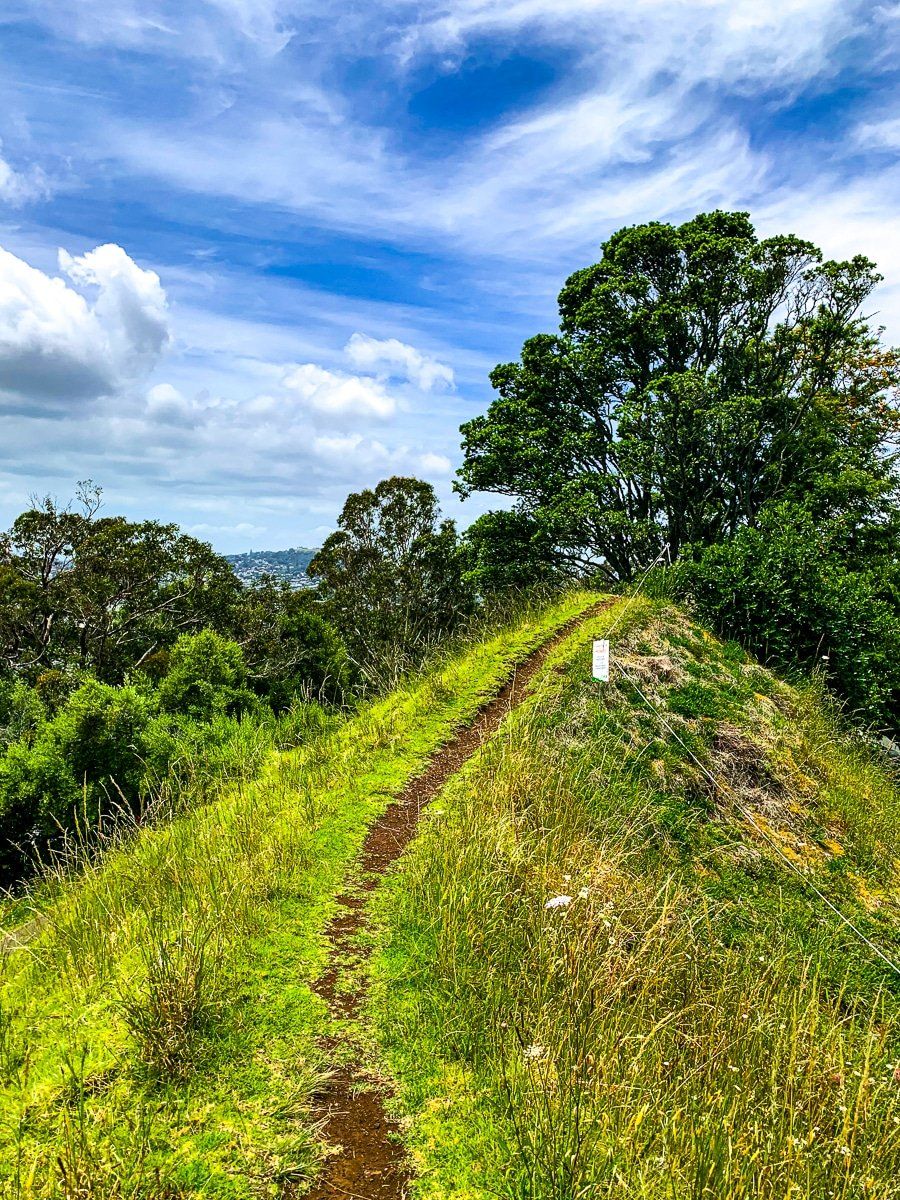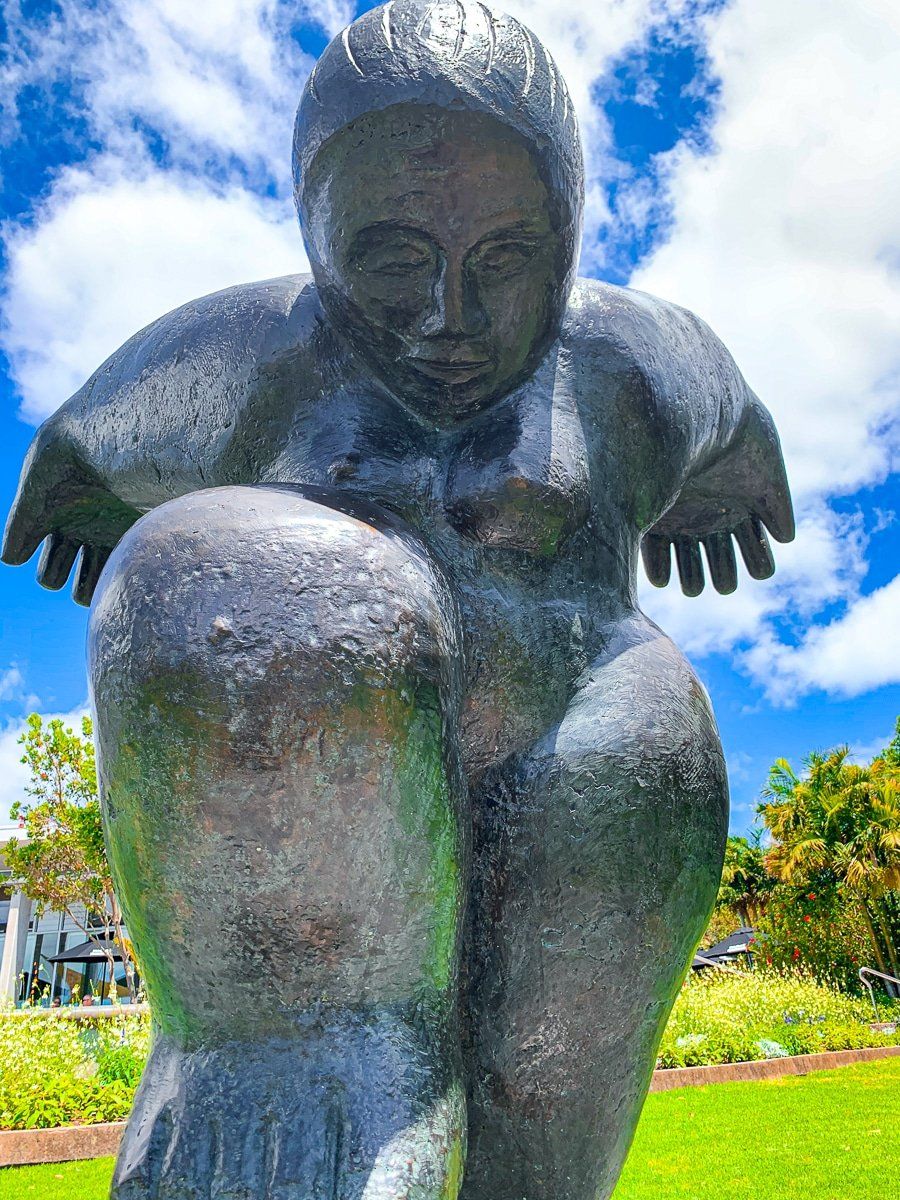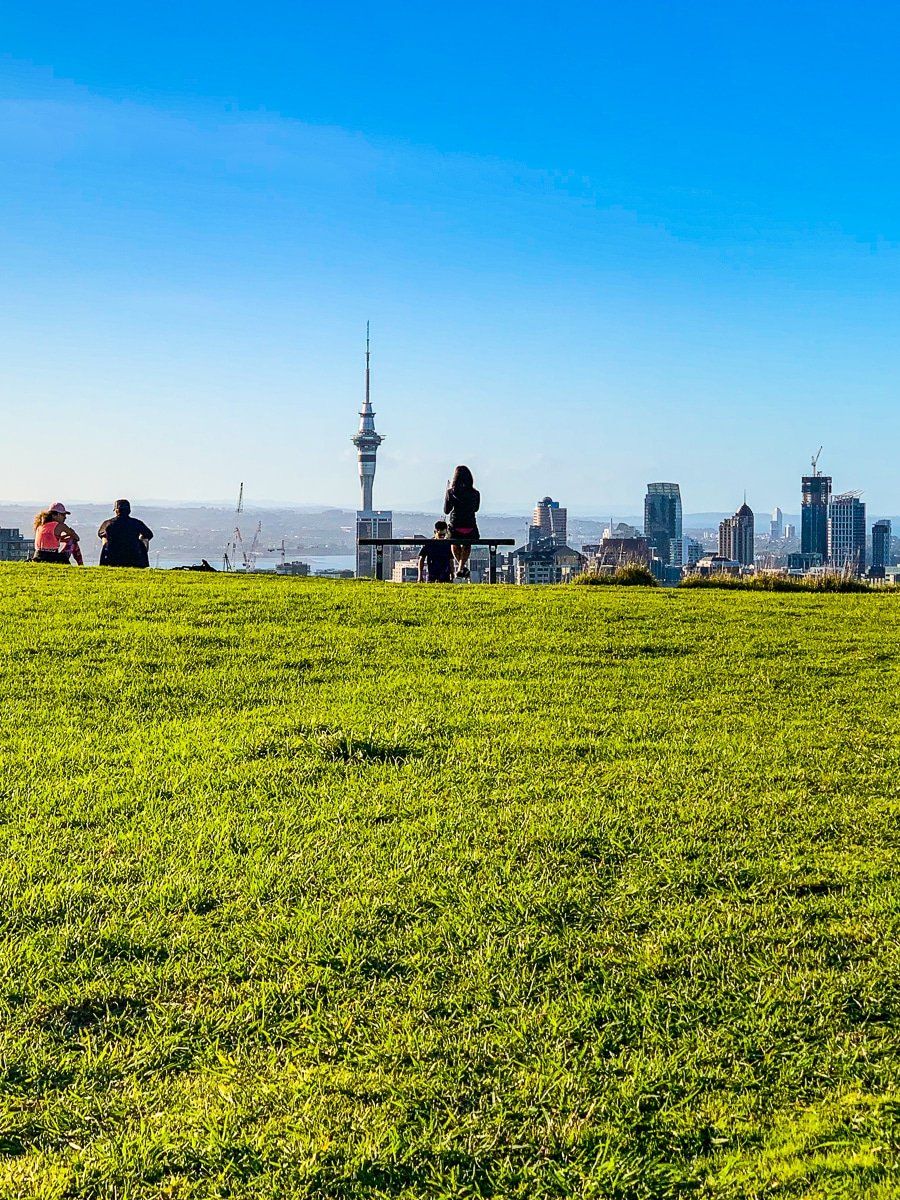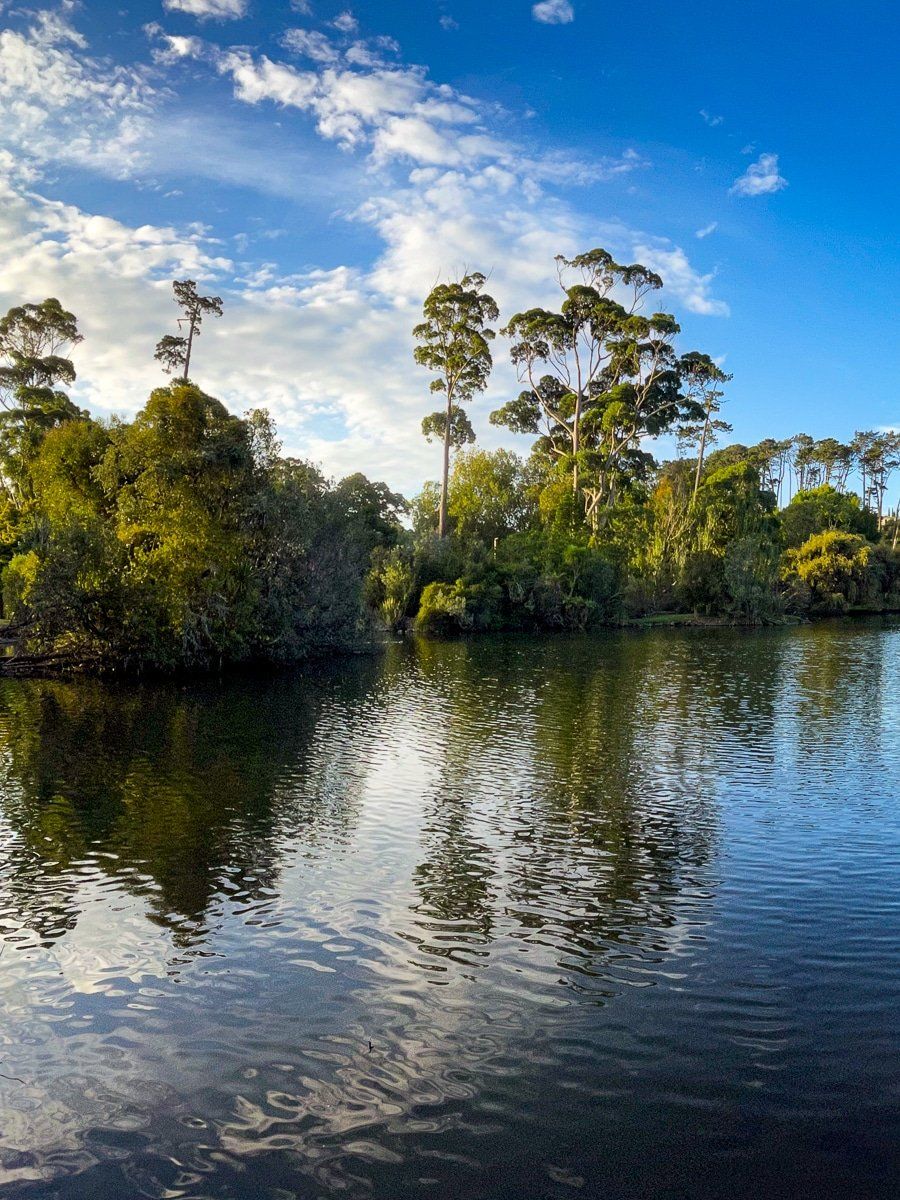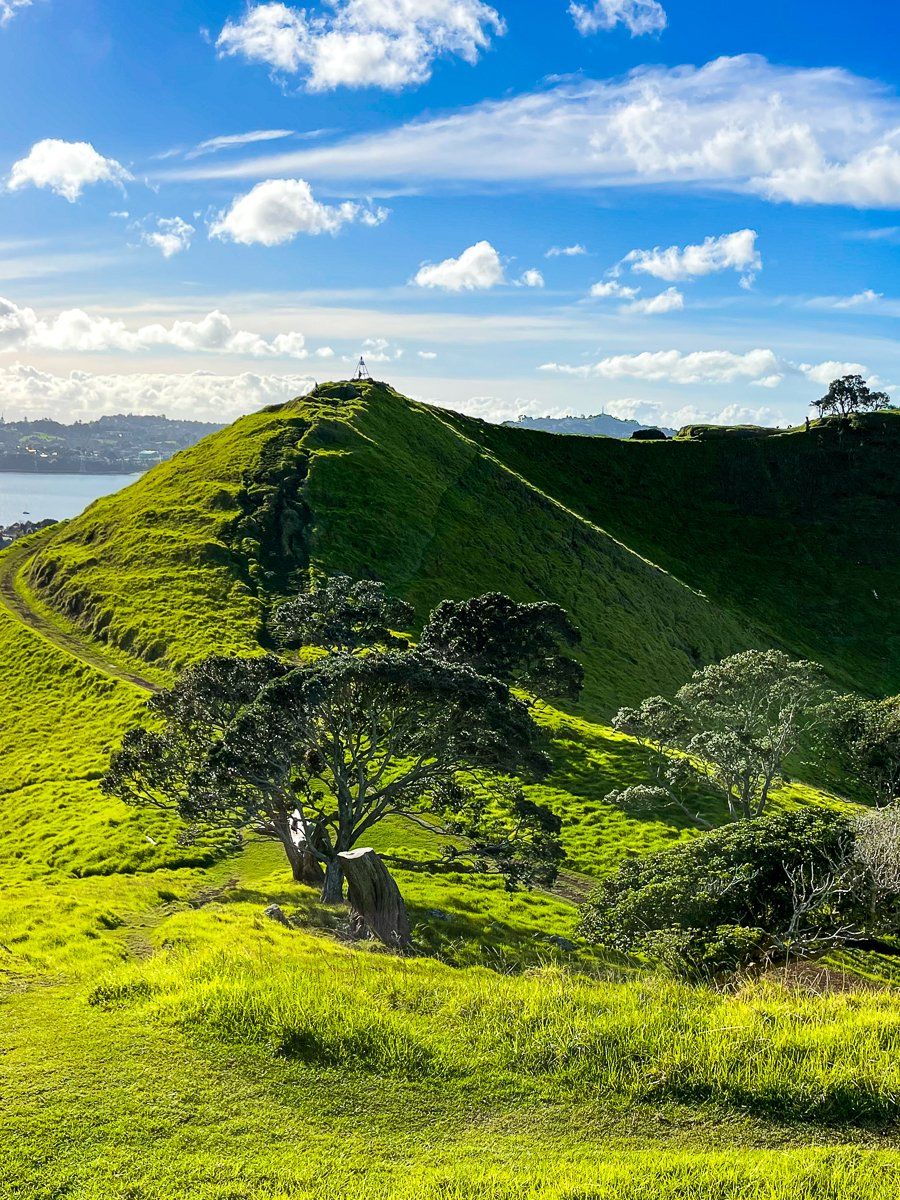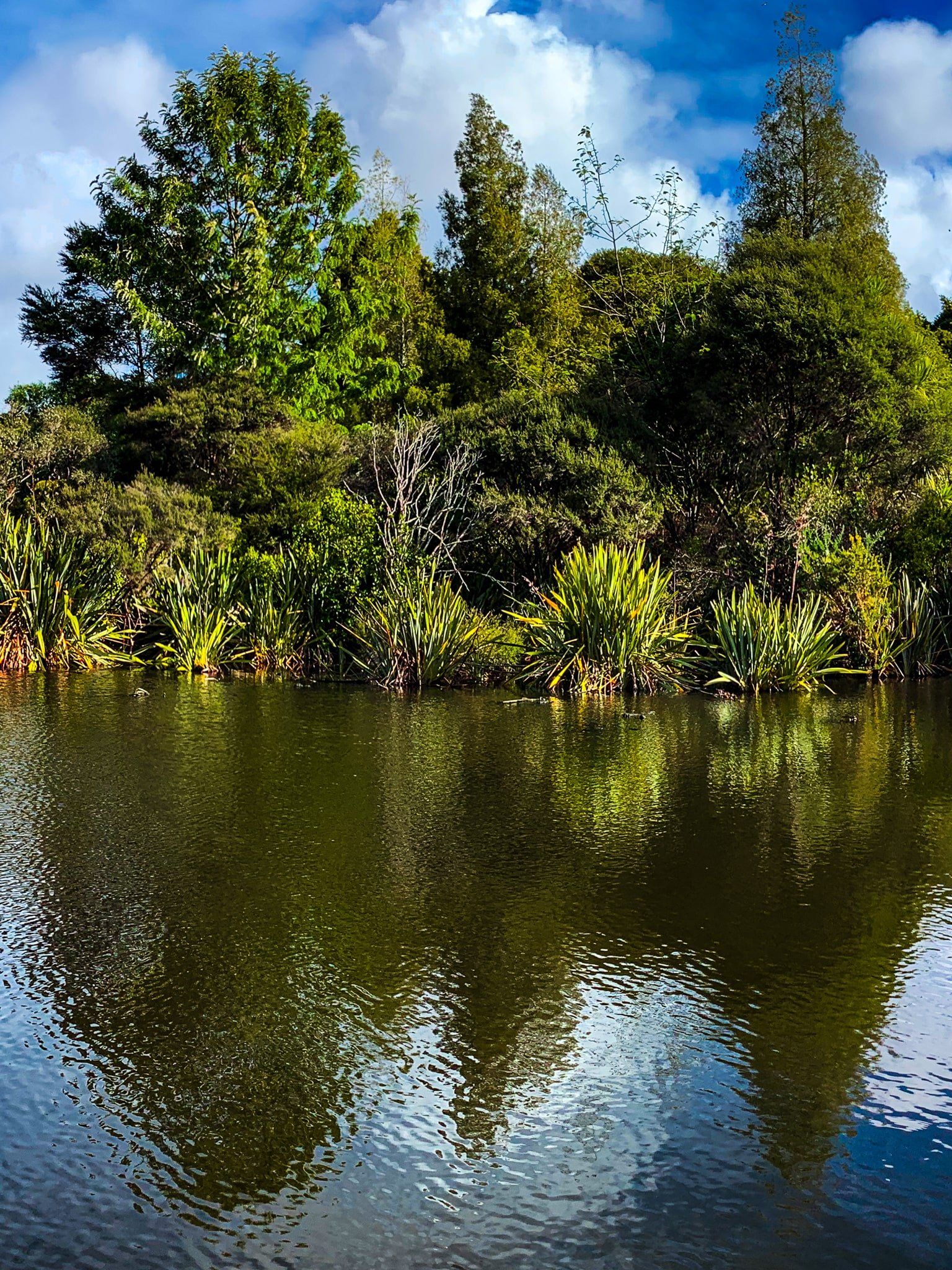Auckland Tāmaki Makaurau is best known as the city of sails. Still, it could equally be the city of parks. There are over 4000 parks in the city. Some are very substantial, such as the 28 regional parks on the coast at the rural fringe of the city. Within the city, several sizeable parks, such as Albert Park and Maungawhau, provide unique insight into the history of Auckland and local recreational opportunities. This article focuses on nine central Auckland parks within a 15-minute drive of downtown.
Several parks are based on maunga (mountains) created over the last 200,000 years by volcanic activity on the Auckland Isthmus. There are 53 extinct volcanoes, though some of the craters and peaks have been destroyed by urban development. However, the larger ones were protected from excessive development in the nick of time by the late 1800s.
The maunga and ridges of the Auckland Isthmus are volcanic. From the late 1600s until the mid-1700s, there was a substantial presence on the major maunga by a group of affiliated iwi known as the Waihoua Confederation. The maunga were developed for habitation, with man-made terraces and pits for refuse or oumu (ovens) apparent. The centre of the confederation was Maungakiekie.
In the mid-1700s, Te Waihoua were attacked from the south by Ngāti Pāoa and by Ngāti Whātua from the north. This led to the sacking of the maunga pā sites and substantial migration to the Waikato from the Auckland Isthmus. Māori activity on the isthmus recovered but was disrupted again by the inter-iwi Musket Wars of the 1820s and 1830s. The development of Auckland following the Treaty of Waitangi provided security, but those with Waikato links were victimised by the government’s land confiscations during the invasion of the Waikato in the 1860s.
In 2014, as part of a Treaty of Waitangi settlement, ownership of the 14 major maunga, the Tūpuna Maunga of Auckland Tāmaki Makaurau, was vested in Ngā Mana Whenua o Tāmaki Makaurau, a collective of Auckland iwi and hapū. These maunga are now held in trust for the benefit of all the people of Auckland and include Albert Park, Mt Eden Maungawhau, Auckland Domain Pukekawa, Mt Albert Ōwairaka and Cornwall Park Maungakiekie.
There are several other substantial parks on the Isthmus. West of downtown is Western Springs, which was once the main water source for Auckland. Southwest of Cornwall Park is Monte Cecilia Park which is next to the Pah Homestead and art gallery. Orakei Basin, a low-lying crater lake, is east of downtown. Right on the edge of the isthmus to the south is the Auckland Botanic Gardens. This park combines a wide range of native and exotic planting with outdoor sculptures.
If you are interested in reading further on the topic, we recommend Shifting Ground by Lucy Mackintosh and Volcanoes of Auckland by Bruce W Hayward.
